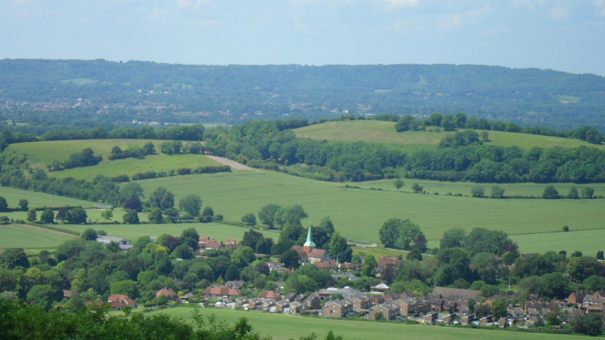Our East Hampshire Countryside
When we look out on our local hangers, heaths and downs, we can be forgiven for thinking that all is well in the countryside, but unfortunately this is far from the truth. The devastating most recent State of Nature Report 2023 showed the UK scores amongst the worst 10 countries in the world for the condition of its wildlife, exemplified by one in six UK bird species facing extinction within 10 years.
However, here in East Hampshire, a range of ‘ground level’ initiatives have been piloted to deliver the Government's Environmental Improvement Plan, which aims to deliver climate change mitigation - including carbon capture; drought amelioration and flood amelioration; increase in biodiversity via natural habitat management, extension and creation; species recovery; and improved soil structure and health. There are many different (though not mutually exclusive) agreements that farmers and landowners can apply for. The Agricultural Transition Plan sets out a range of options for the farmed landscape.
Farming in Protected Landscapes is a programme of funding for land managers within Areas of Outstanding Natural Beauty and National Parks. Farmers who take part in a project funded within this programme can also sign up to one of three schemes: the Sustainable Farming Incentive, Local Nature Recovery scheme and Landscape Recovery scheme. They are encouraged to form a 'farm cluster' that might cover a large area of land.

Within the South Downs National Park (SDNPA) there are two 'farm clusters' close to Petersfield: the Selborne Landscape Partnership and the South Downs Farmers Group.
Projects such as these are part of larger Landscape Partnerships with organisations that are locally invested such as the Hampshire & Isle of Wight Wildlife Trust and the National Trust. This provides landscape-scale impact, habitat improvement and connectivity, and species recovery over a wide area. You can find out more from Defra’s MagicMap.
Through farm walks and talks from those involved locally, PeCAN aims to raise awareness of the vital importance of our wider countryside for us and for wildlife.
Find out more about the Selborne Landscape Partnership and read their first report here.
